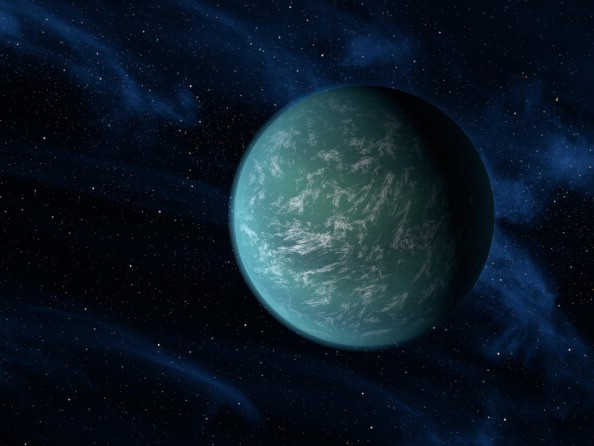
In 2013, NASA's Kepler space observatory experienced major mishap following the malfunctioning of two of its four reaction wheels. The mission, which was launched in March 2009 and aimed to discover Earth-like planets in a region of the Milky Way, was almost scrapped since it can no longer point towards the project's initial area of study.
Fortunately, in May of the following year NASA announced that engineers involved in the mission have devised an ingenious way to utilize the two remaining reaction wheels. What is now known as "K2" has since been launched and according to recent reports the revitalized space program has yielded impressive results.
During the recent American Astronomical Society meeting, Ian Crossfield, an astronomer from the University of Arizona announced that the first year of the second outing of the Kepler space observatory of "K2" has resulted in the discovery of more than a hundred confirmed exoplanets.
"This is really showing the power and potential of K2. These are things we never found with four years of Kepler data" quipped Crossfield.
Since its initial launch more than six years ago, the Kepler mission has discovered more than 1,000 exoplanets in the Milky Way - a number more than the total discoveries prior to the space project.
In the light of K2's successful first year, researchers have announced that the program would be utilizing a new method of searching for planets starting April of this year. According to Scientific American, the mission would begin looking for the "temporary brightening of cosmic objects, such as a galaxy, caused when a planet bends light as it crosses the line of sight between it and the observer." The new method would be tried out for three months. Researchers are hopeful that the new way of looking for celestial bodies would result to the discovery of at least 85 new exoplanets.



